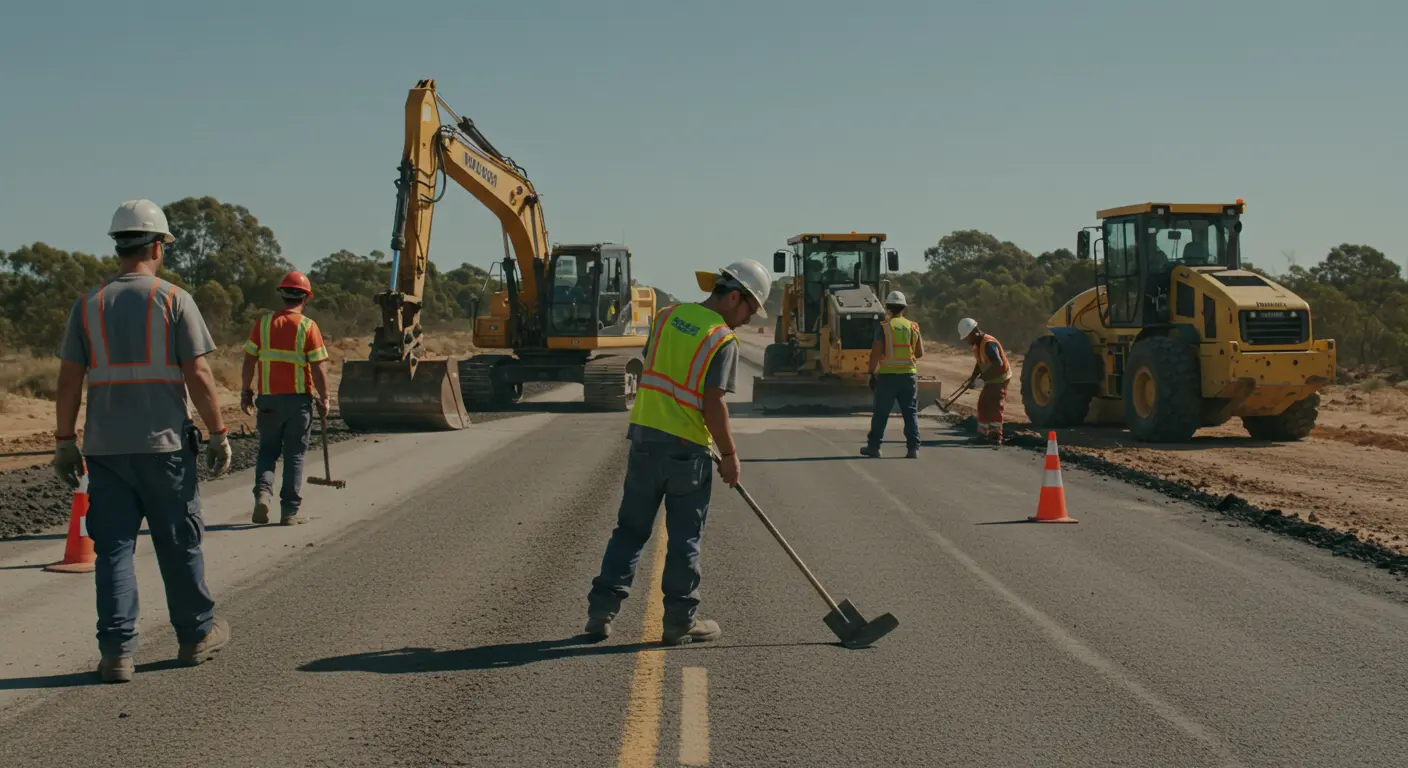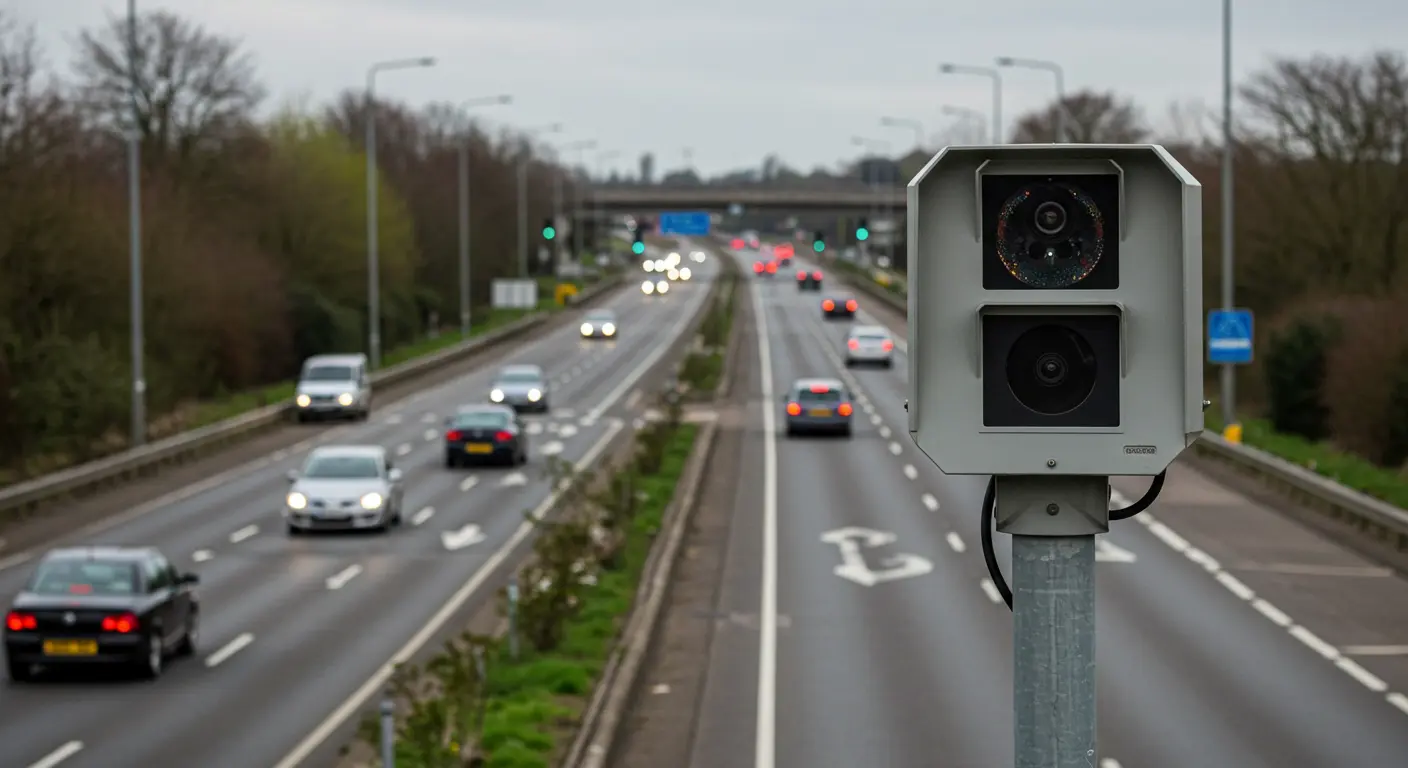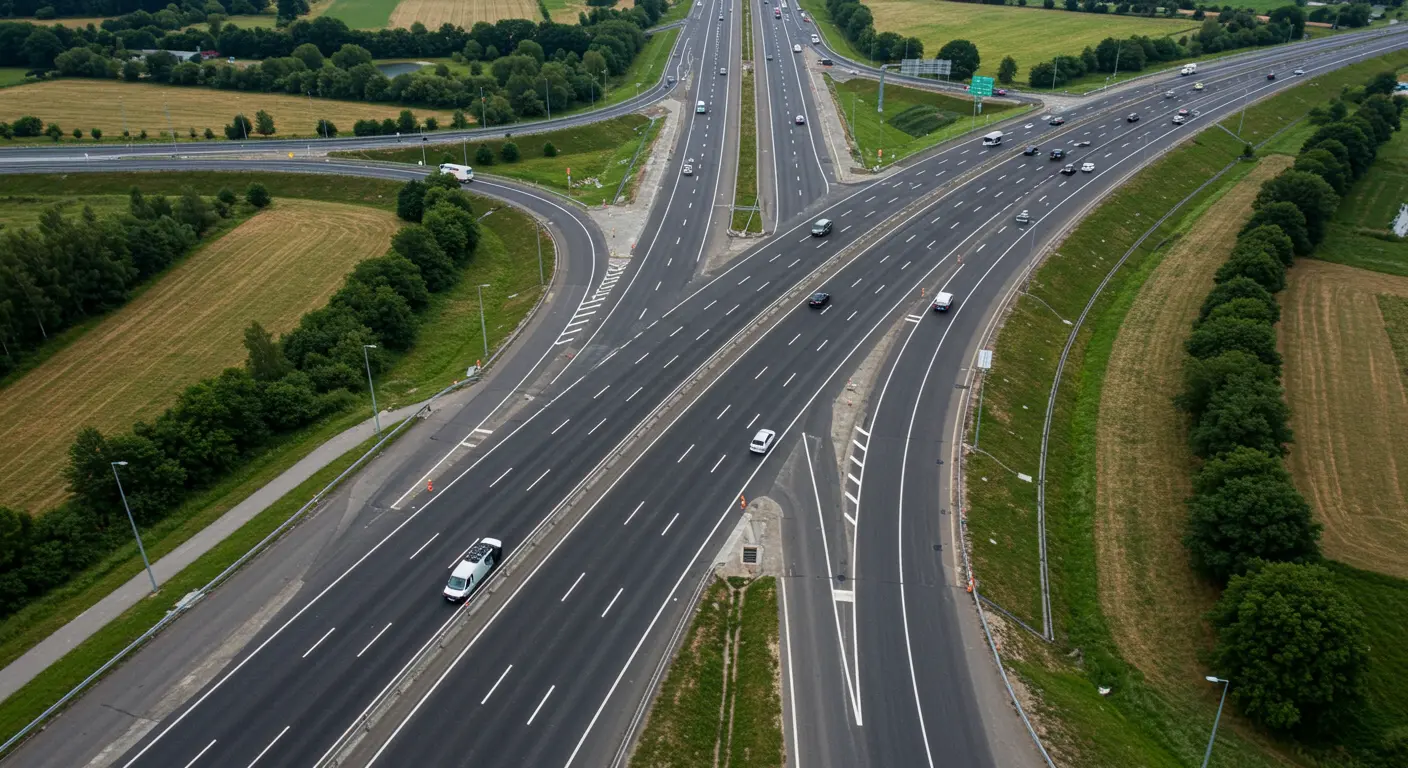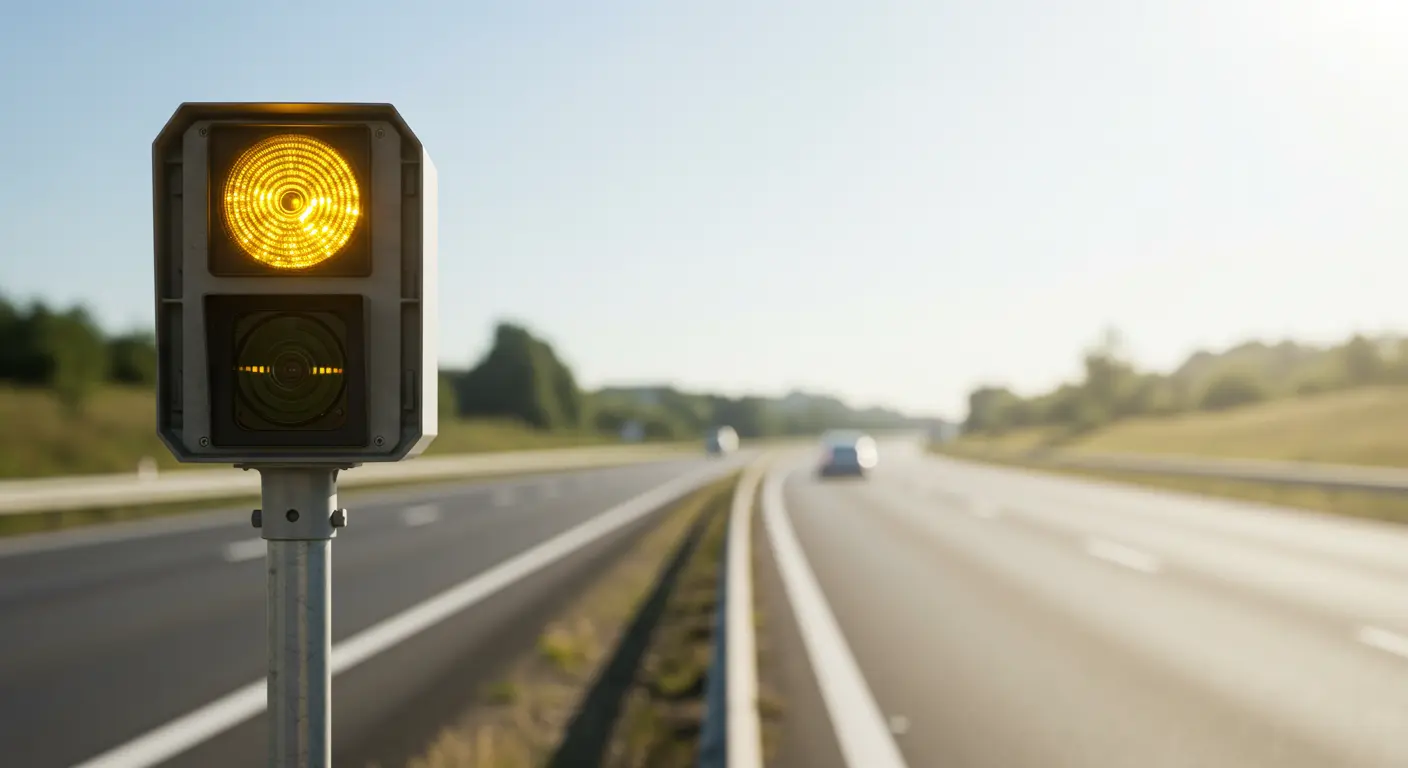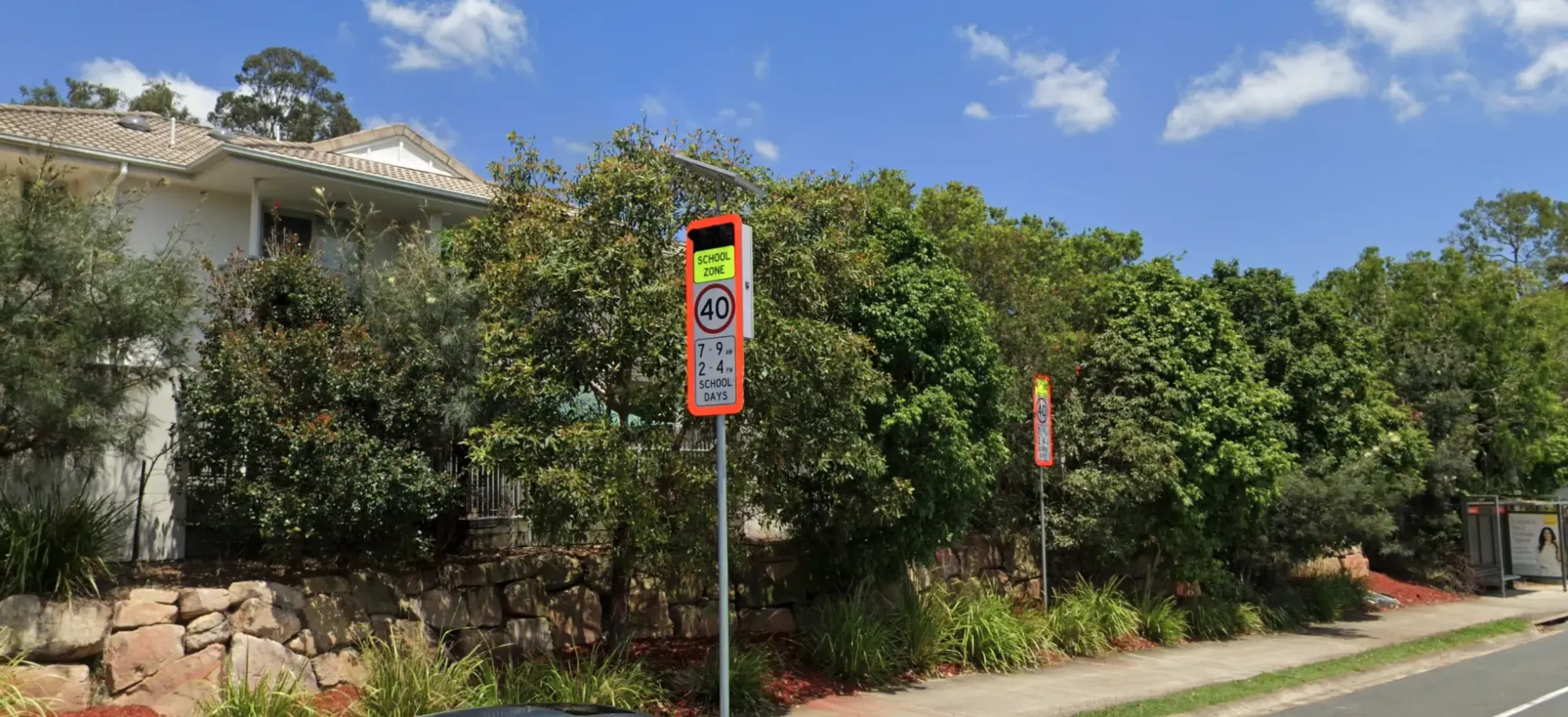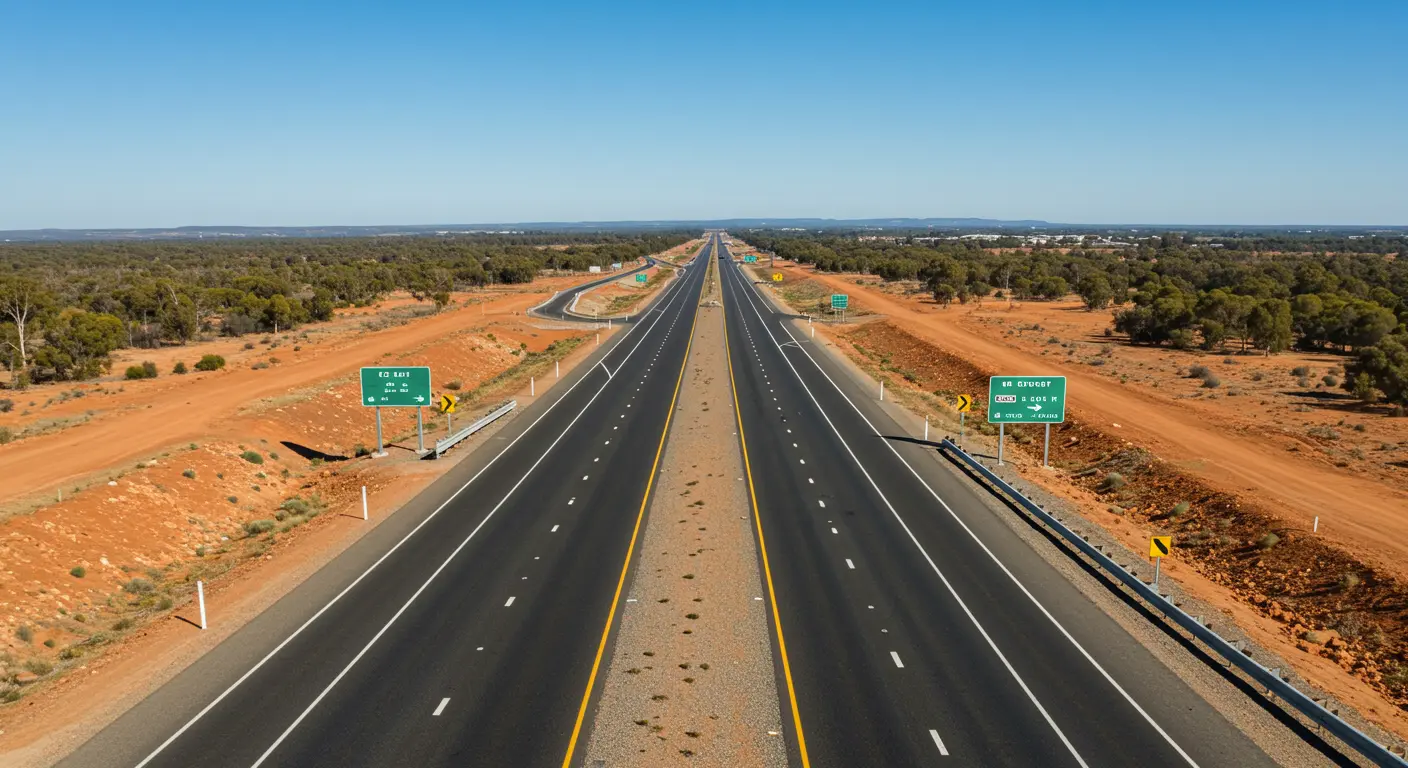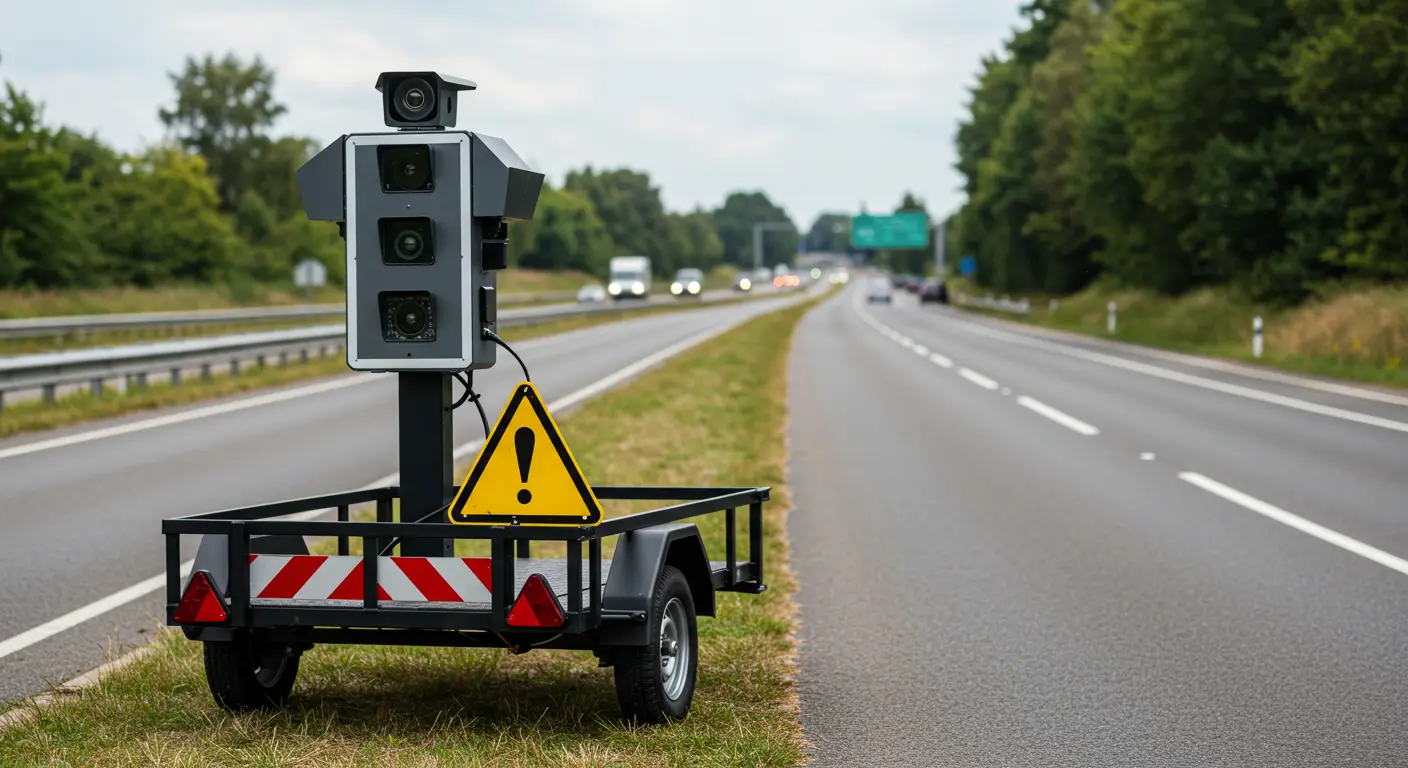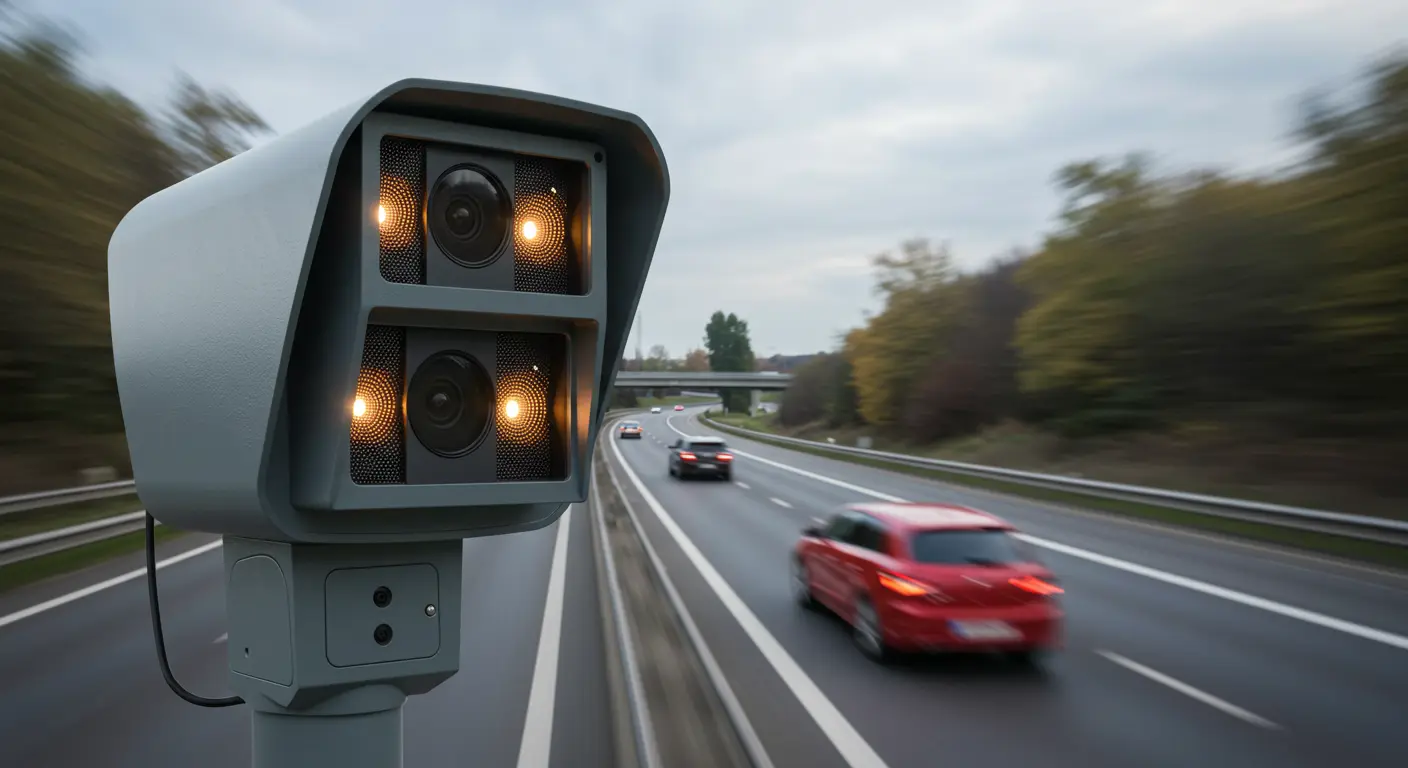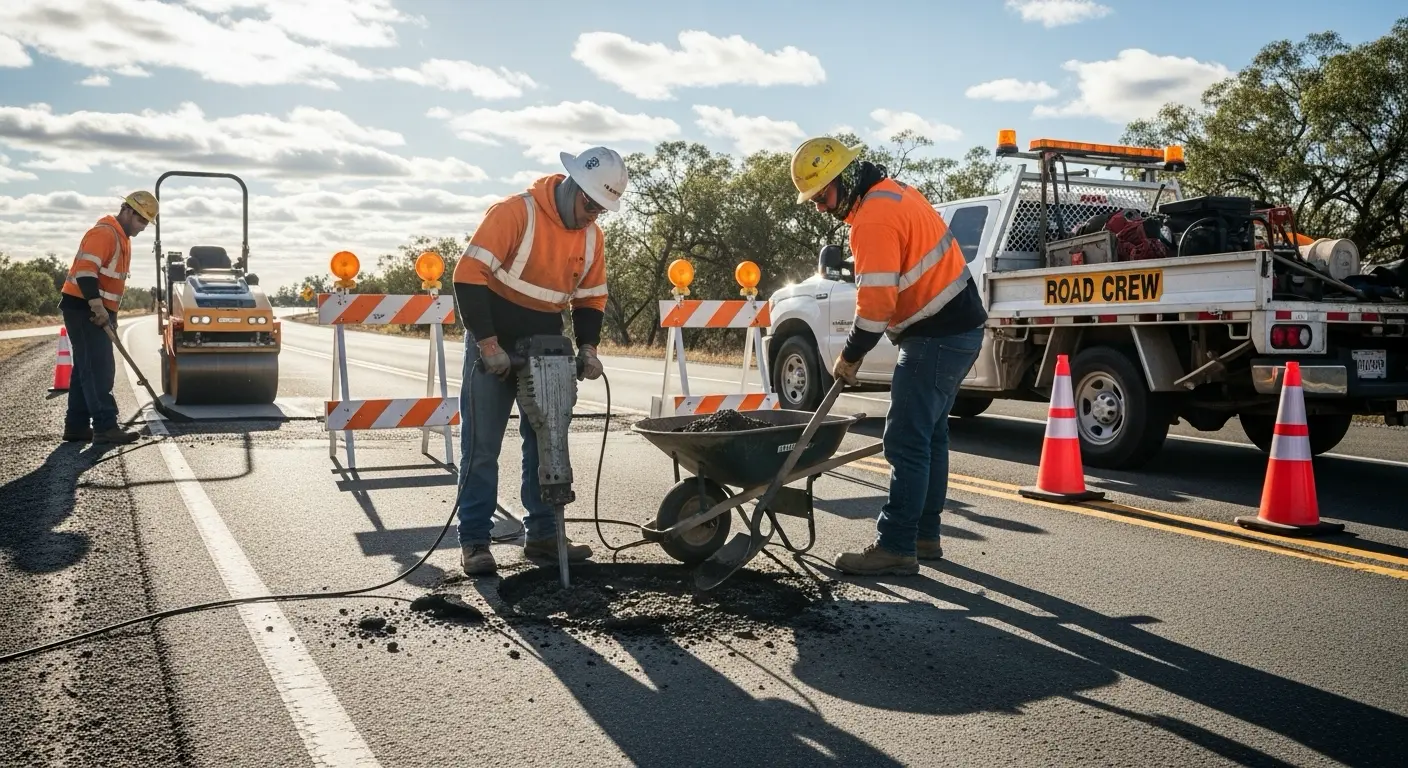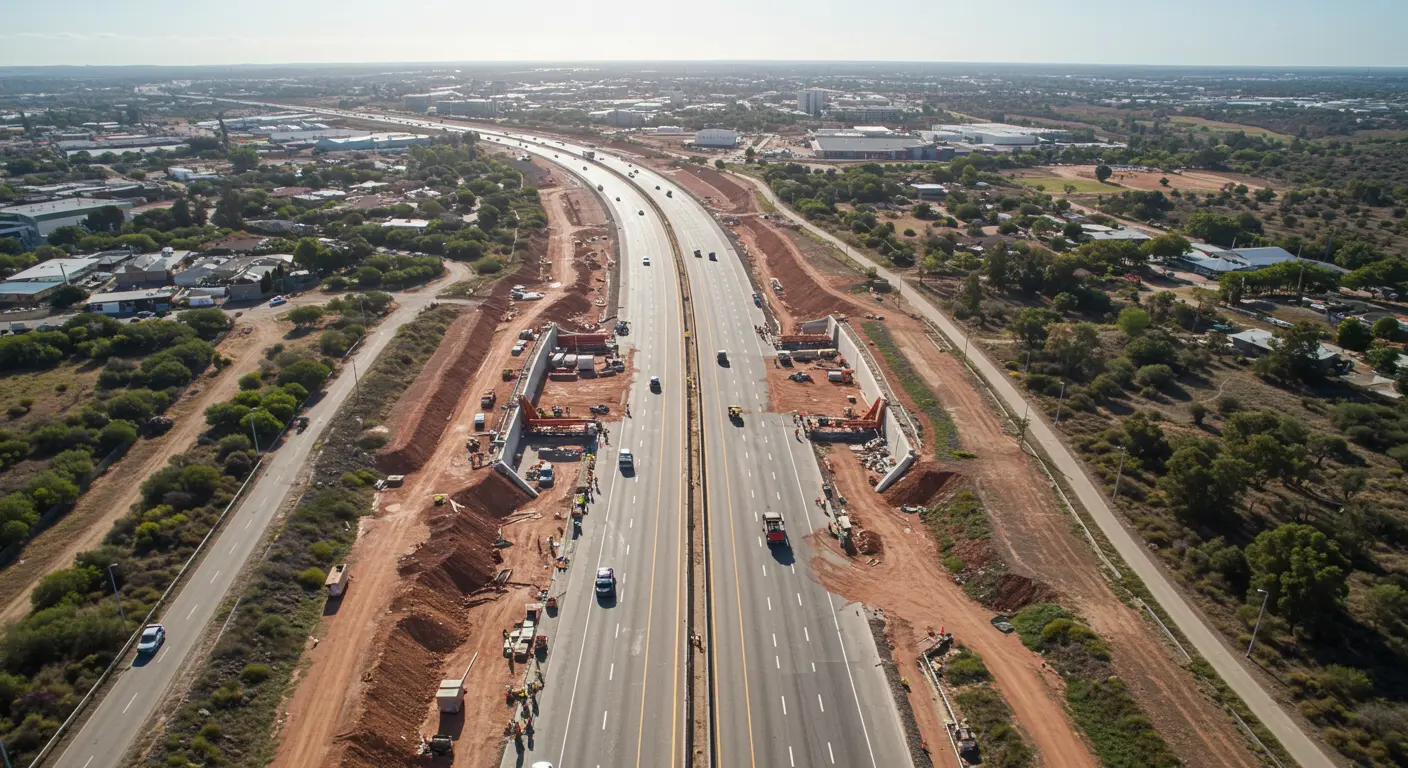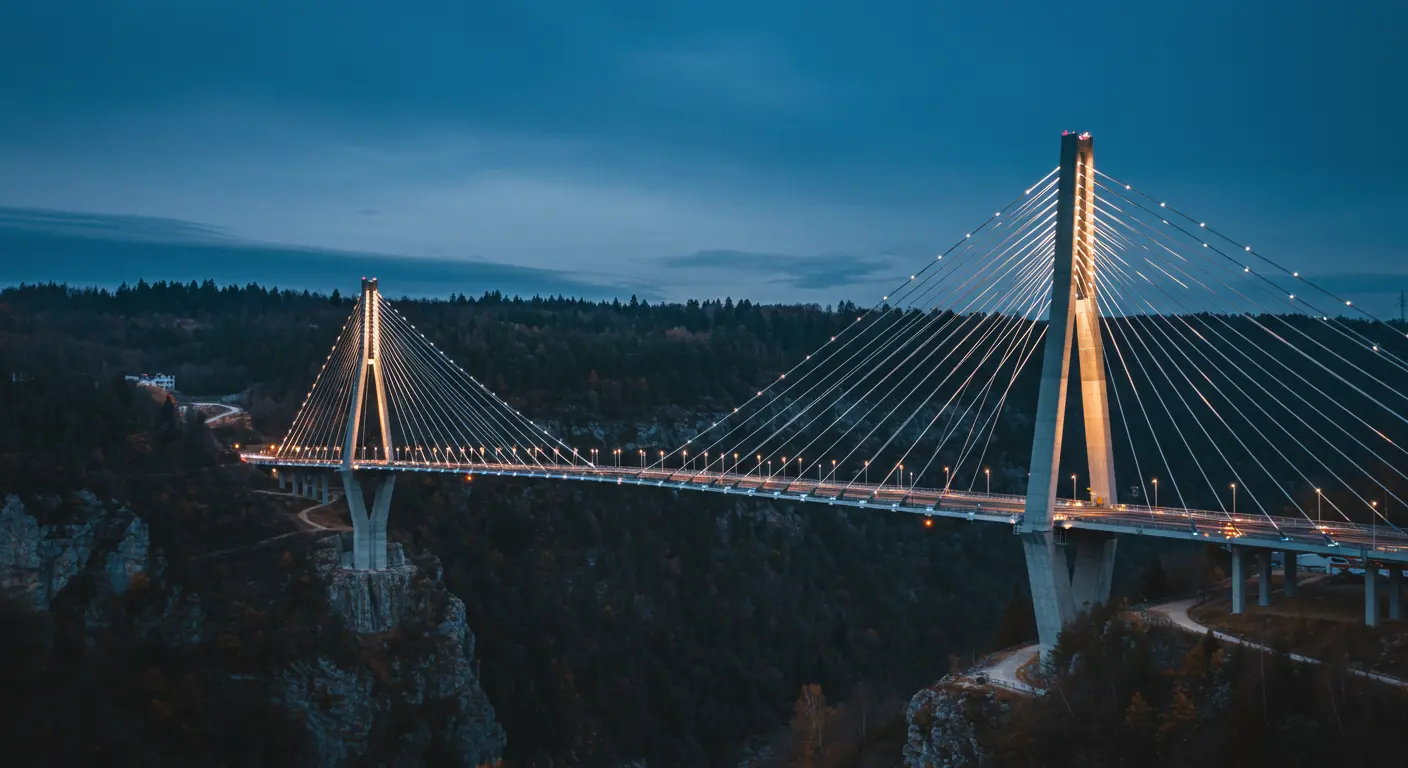Speed and red-light cameras are a common sight across Western Australia, capturing thousands of traffic violations every year. While the government insists these devices are a vital safety tool, their revenue-generating potential has raised eyebrows among drivers.
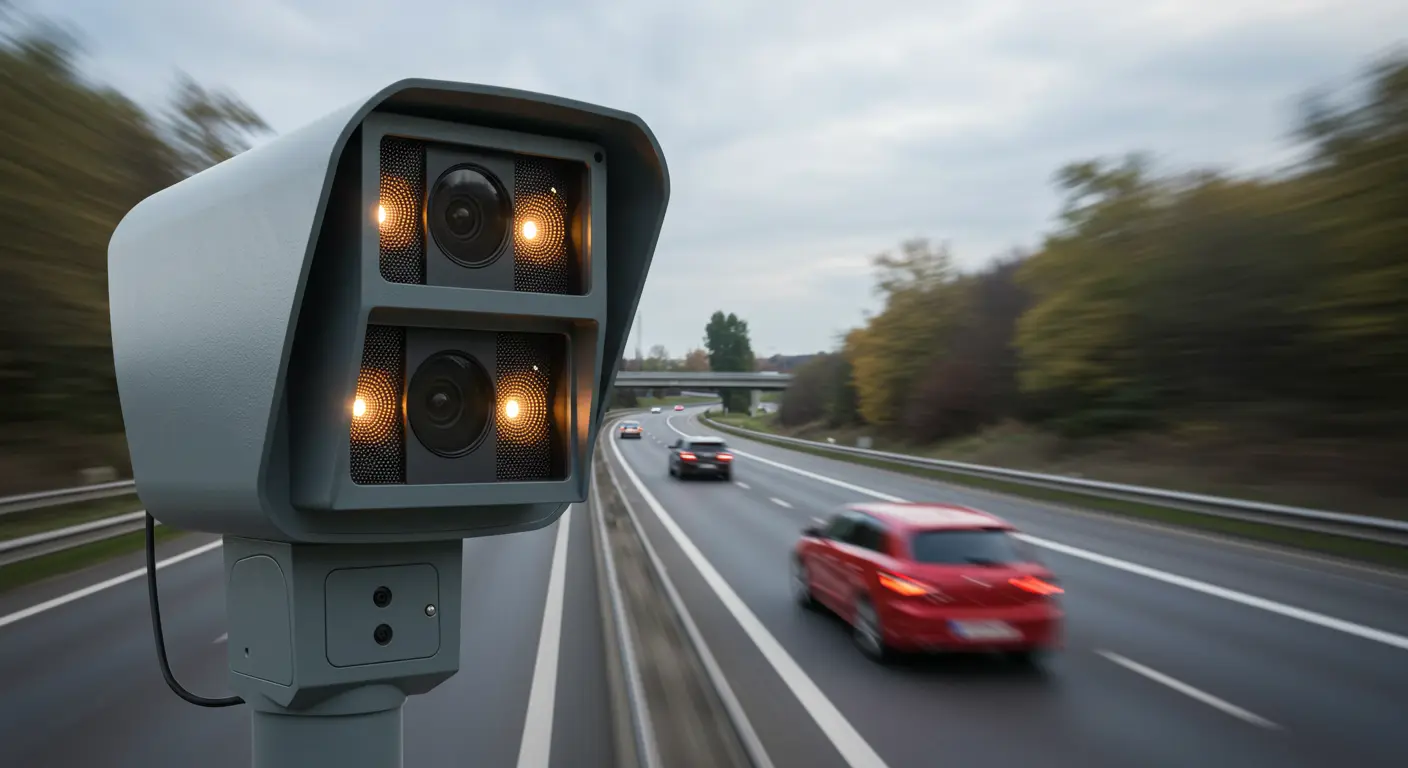
The Purpose Behind the Cameras
According to the WA Police Force, speed cameras are not intended to trap drivers but to change unsafe behaviour. Speeding remains the leading cause of fatal and serious injury crashes on WA roads. Police state the message is simple: slow down.
There are three types of camera systems used across the state:
- Fixed and mobile speed cameras (laser-based and radar tracking)
- Red-light/speed cameras at high-risk intersections
- Handheld speed detection devices
Each is subject to rigorous testing, annual calibration, and regular operator oversight.
How Revenue Is Generated and Spent
While the focus is officially on safety, it’s no secret these cameras bring in significant revenue. Every fine issued through these systems contributes to the Road Trauma Trust Fund (RTTF).
Where the Money Goes:
Funds collected are used for:
- Public road safety campaigns
- Infrastructure upgrades
- Education programs
- Research into crash prevention
- Enhanced policing technology and training
This reinvestment model ensures that infringements directly support the goal of reducing road trauma.
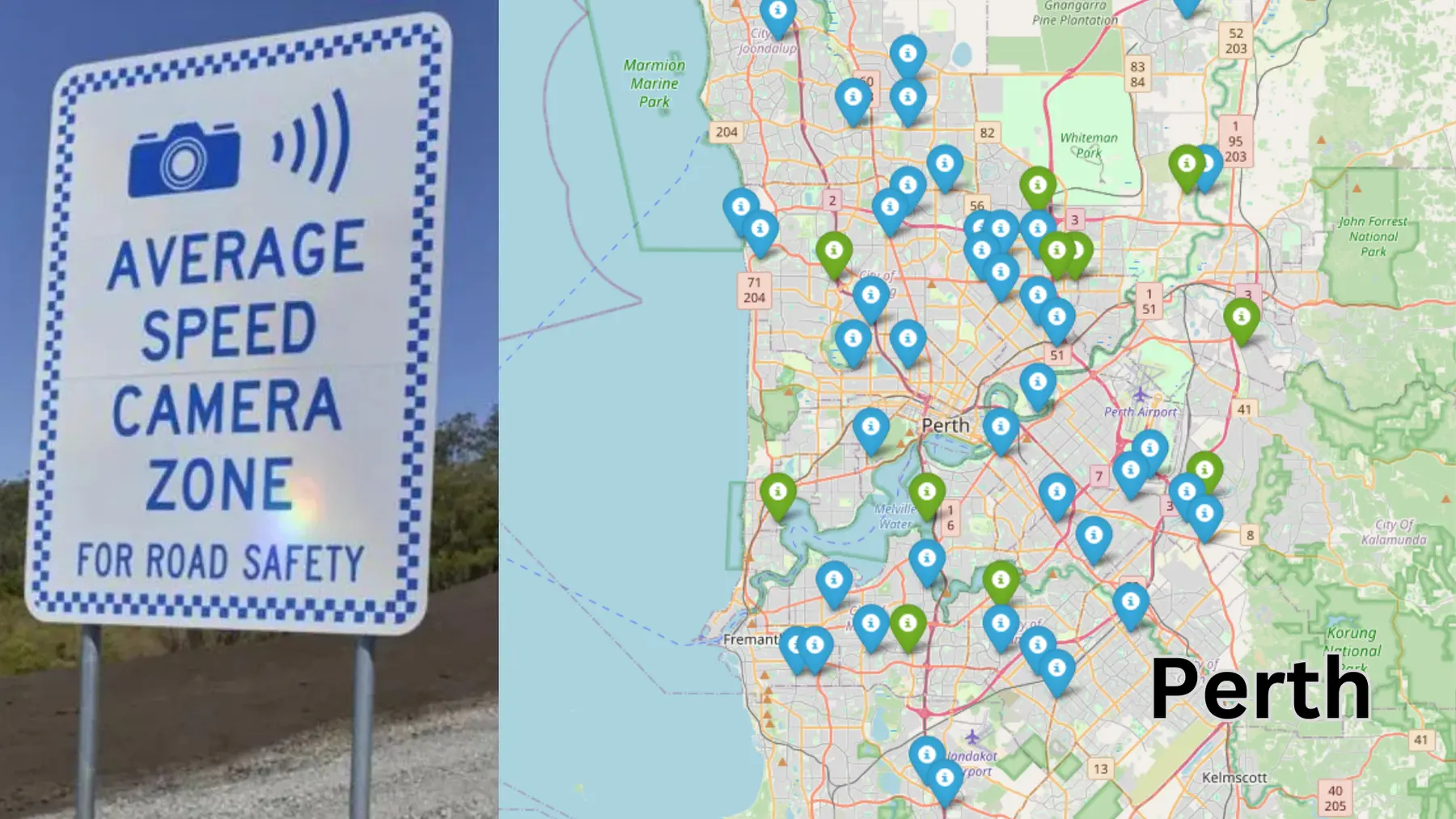
WA's Speed Camera Network
Western Australia maintains a wide-reaching camera network, including:
- Average speed cameras (e.g., Forrest Highway)
- Fixed red-light/speed cameras (over 50 intersections statewide)
- Mobile enforcement trailers and police-manned locations
These are placed strategically based on factors like:
- High crash rates
- Speeding complaints
- School zones
- Locations where over 15% of drivers exceed the speed limit
Police are transparent about most camera sites to deter drivers from speeding, rather than catching them off guard.
Are Drivers Being Treated Fairly?
WA Police emphasise that camera enforcement includes a built-in tolerance, favouring drivers by allowing for slight over-speeding errors and accounting for measurement variations. This tolerance is not publicised in exact figures but aligns with manufacturer standards.

All devices are independently tested under the oversight of the National Association of Testing Authorities.
Camera Locations Snapshot
Some key red-light/speed camera intersections in Perth and beyond include:
- Reid Hwy & Balcatta Rd, Balcatta
- South St & Roe Hwy, Canning Vale
- Marmion Ave & Kingsbridge Blvd, Butler
- Alexander Dr & Beach Rd, Mirrabooka
- Canning Hwy & Berwick St, Victoria Park
Fixed speed cameras are found on major highways like Tonkin Hwy, Kwinana Fwy, and Roe Hwy.
Transparency and Access
WA residents can view the photographic and video evidence associated with their infringements by visiting the official traffic portal. This helps ensure fairness and reduces disputes.
Conclusion
Despite the common perception that speed and red-light cameras are revenue tools, WA’s system is built on a foundation of public safety. With millions going directly into road safety improvements, the question isn't whether the fines are fair—it's whether we're driving safely enough to avoid them altogether.
For full camera lists and infringement evidence access, visit:
www.police.wa.gov.au
